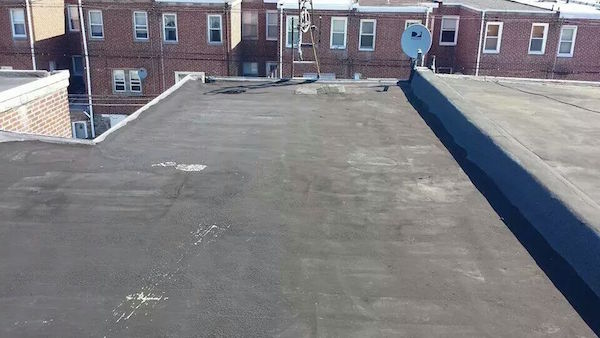
If you find yourself always repairing the wooden shingles on your house, a rubber roof may be an interesting alternative. Its light yet durable substance thoroughly weatherproofs your home, and is also energy efficient and environmentally friendly.
Often made from recycled materials, a rubber roof is low in maintenance and is especially resistant to hail and fire. Because it is able to withstand extreme outdoor temperatures, these surfaces have a longer lifespan and are able to provide great insulation by keeping your home warmer in the winter and cooler in the summer. Also, they’re perfect for roof-gardens because of their impenetrable seal as you water your plants.
Rubber roofs can be expensive depending upon the size of your house and the type of system you want to invest in. Yet the price is still comparable to wooden shingles and in some ways it is easier to install if your have the proper experience. However, this innovation is still fairly new to the market, so when hiring a roofer, make sure they are familiar with installing this product.
Types of Systems
There are two types of systems available, both with their own specific advantages:
- Whole-Roof: Some rubber roofs can be sold by the square, but one square is often able to cover up to 100 square feet. These systems are custom-made in the factory to form-fit to your particular house. Though it is a bit more expensive, there is almost no chance of leakage because there are no seams involved. It is especially ideal for flat-roof homes because these houses often lack proper drainage systems and can be easily covered with two to three squares.
- Shingles: Rubber roof shingles give the look of authentic, traditional shingles except with all the benefits of synthetic materials. They’re easier to handle because of their light weight, which helps in transporting the product from the store to the home, and from the ground up onto the roof. They can be formed and shaped with a simple slice of a utility knife, and they are easier to put onto the house with a nail gun or adhesive. However, since rubber roof shingles are installed like any wooden or asphalt product, the project will still require the expertise of professional roofer to get the job done right.
Ready to start your rubber roof?
Find ProsRubber Roof Repair
The greatest advantage to this type of material is that it can be easily fixed. Though it is very durable substance, rubber is not indestructible. The surface can expand and contract with the weather and over time rubber roof shingles can possibly rip, tear, or fall off. But unlike traditional shingles, rubber roof repair can be accomplished by the homeowner. Just like tires, this material can be patched up with spare pieces and some adhesive. Or there is special tape that works like weather stripping to cover up small cracks and fissures. Another option is liquid rubber which can be applied to damaged areas and as the liquid dries and hardens it quickly seals up the splits. In order to avoid injury to your home, some whole-roof systems can be completely coated in this liquid-sealer in order to protect the entire top of your house from further rubber roof repair.
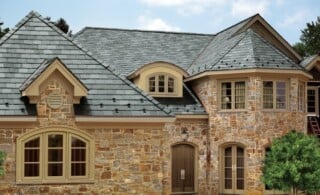 Best Asphalt Shingles – A Buyer’s Guide
Best Asphalt Shingles – A Buyer’s Guide 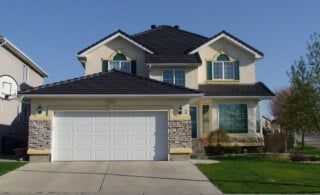 Rubber Roofing – Benefits & Alternatives
Rubber Roofing – Benefits & Alternatives 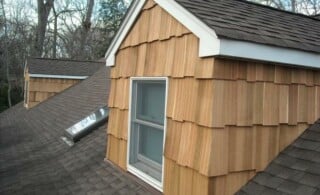 Should You Layer Shingles on Your Roof?
Should You Layer Shingles on Your Roof? 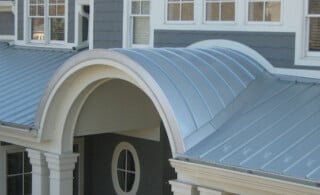 How to Keep Your Metal Roof Healthy
How to Keep Your Metal Roof Healthy 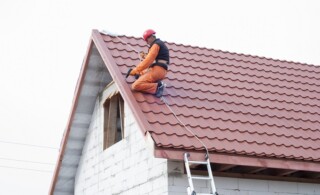 How to Find & Fix a Leaking Roof
How to Find & Fix a Leaking Roof 

EPDM rubber roofs last longer than other roofing materials, they do not tear apart as it is very elastic. It won’t start cracking due to shrinkage- or expansion tensions in the roof. It is low on maintenance and can easily be repaired with a coating of EPDM Liquid Rubber which can extend its life by 18-20 years.